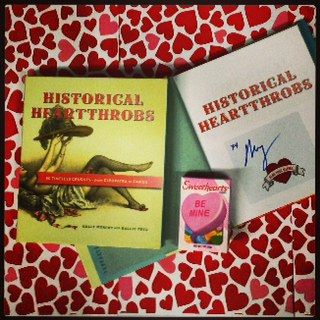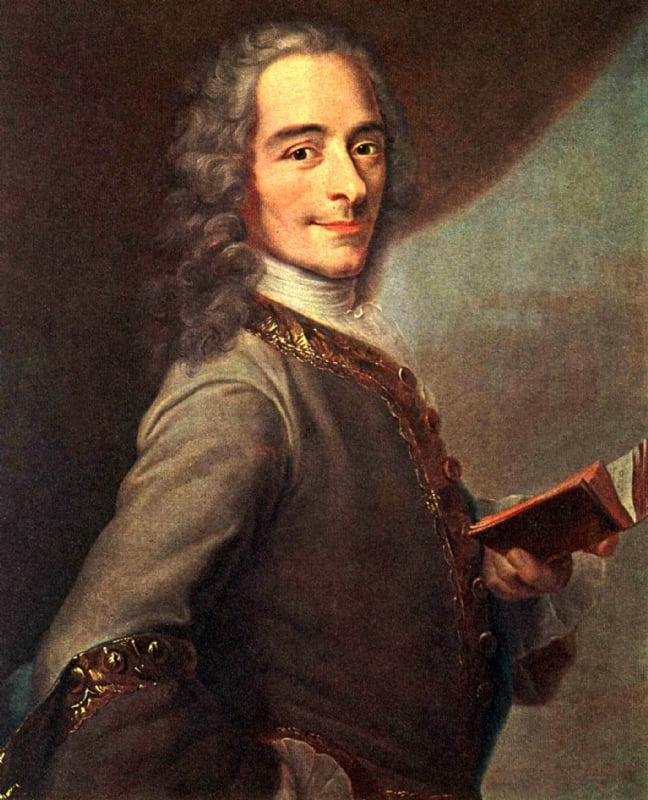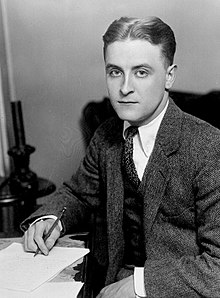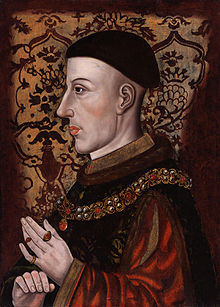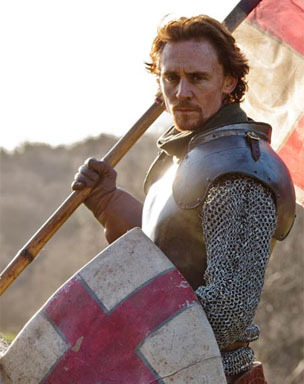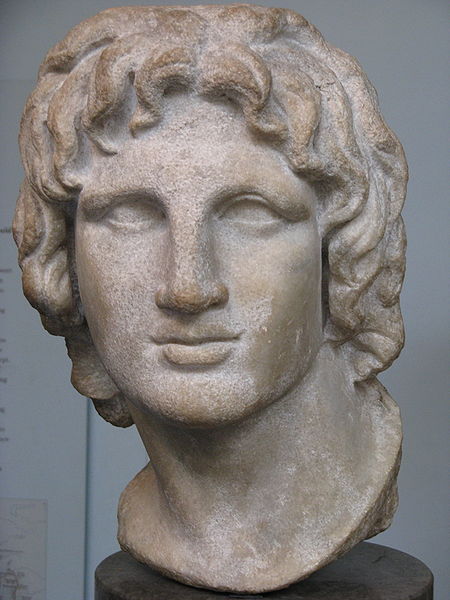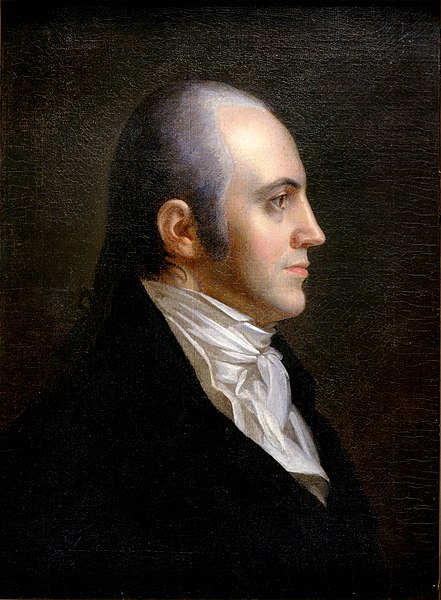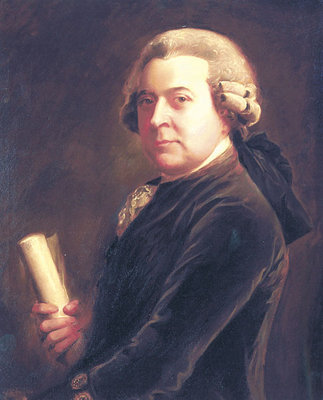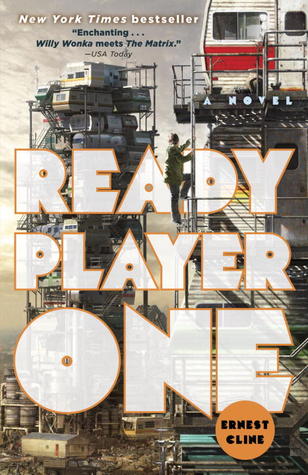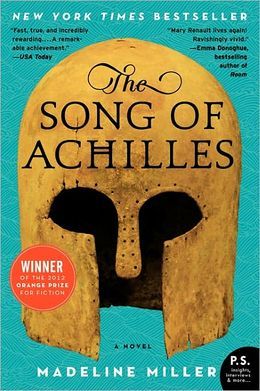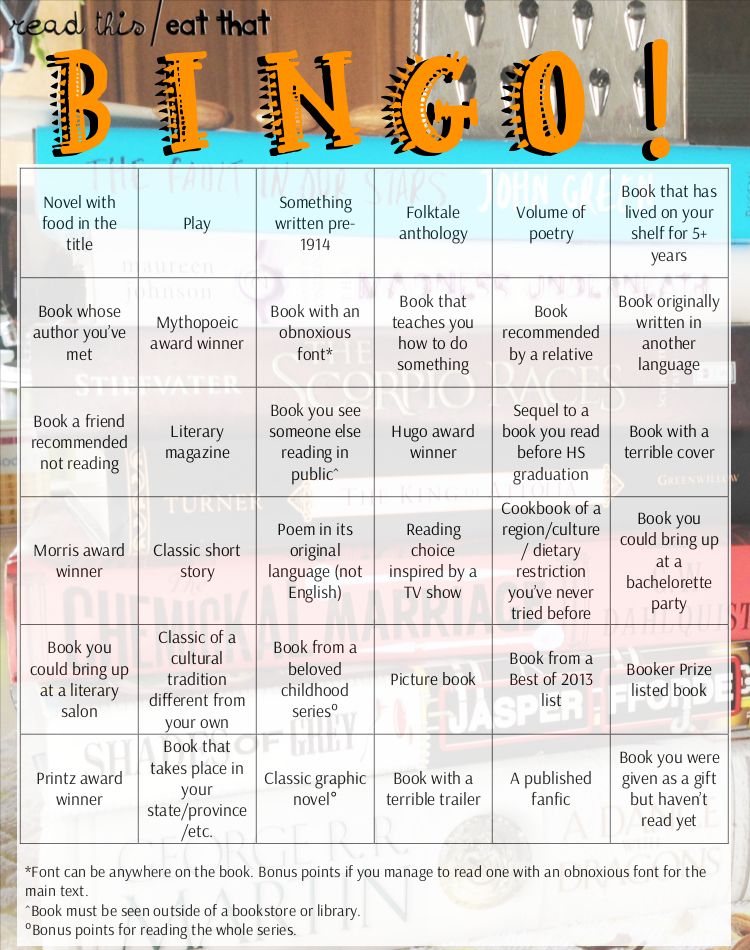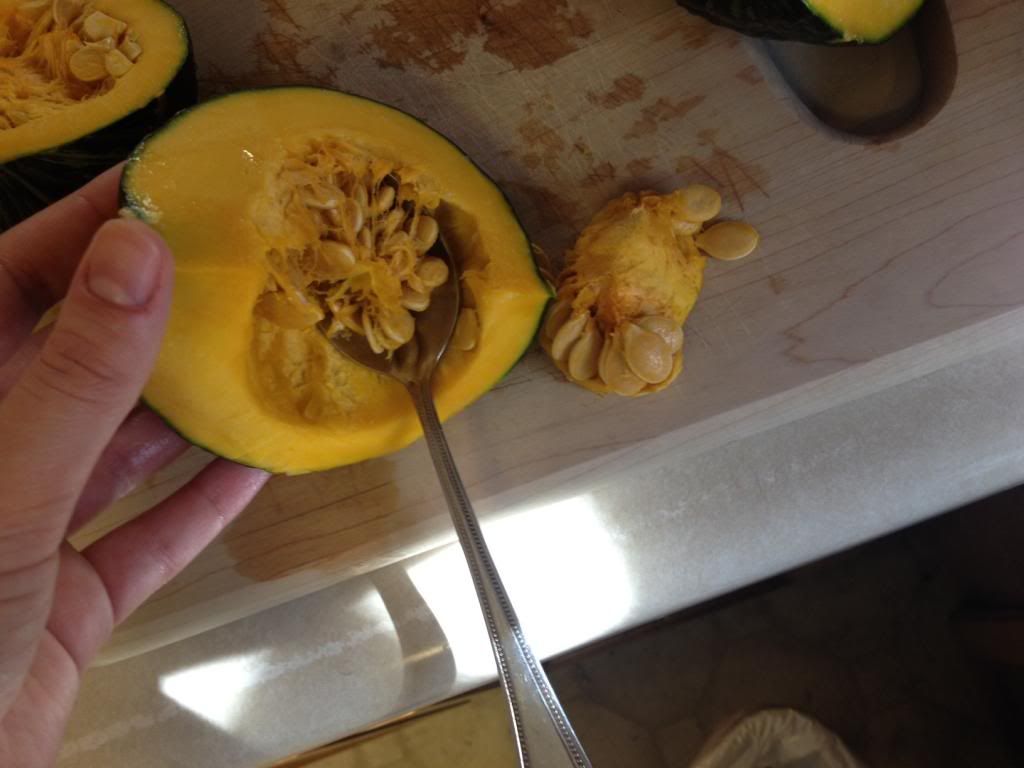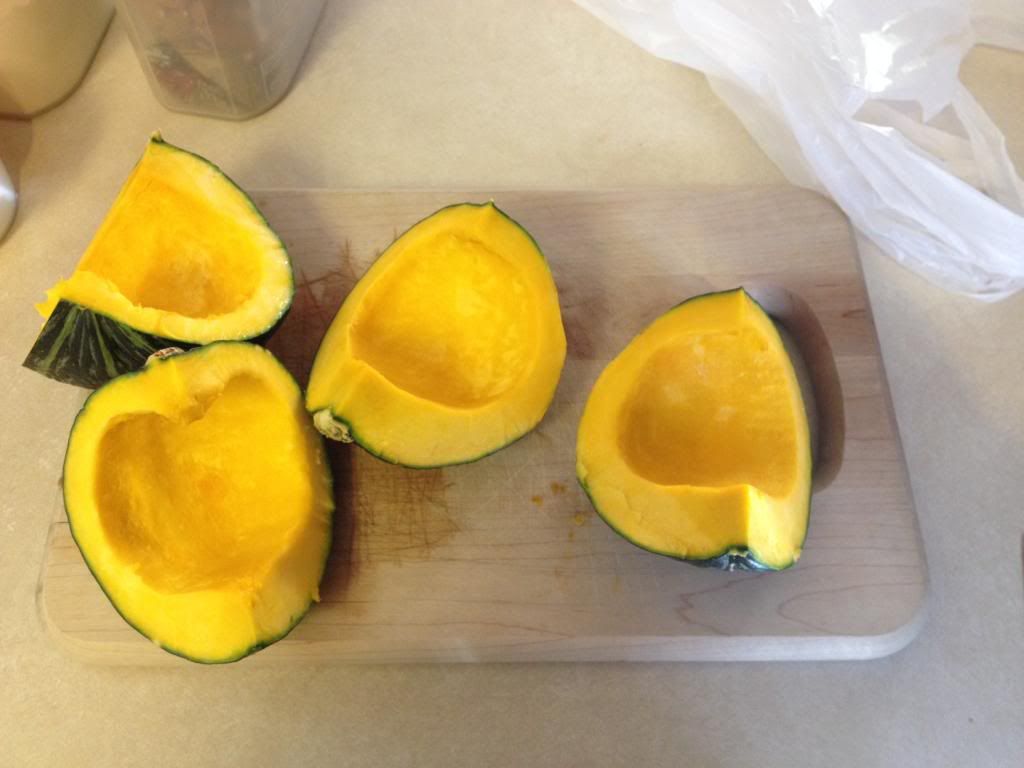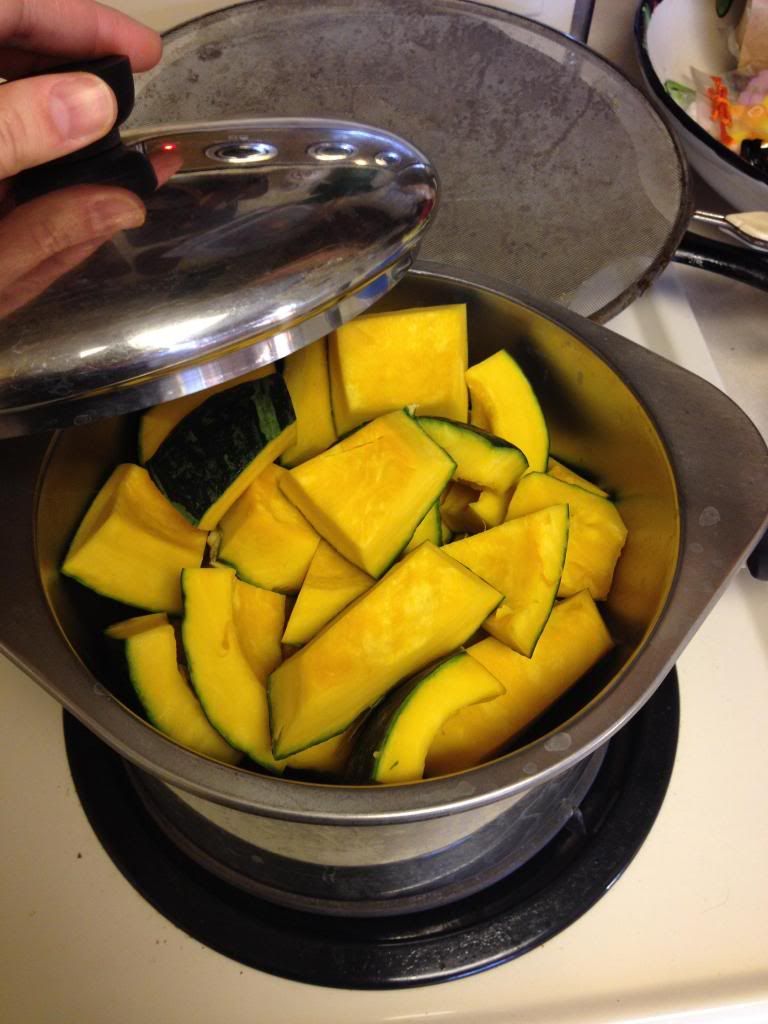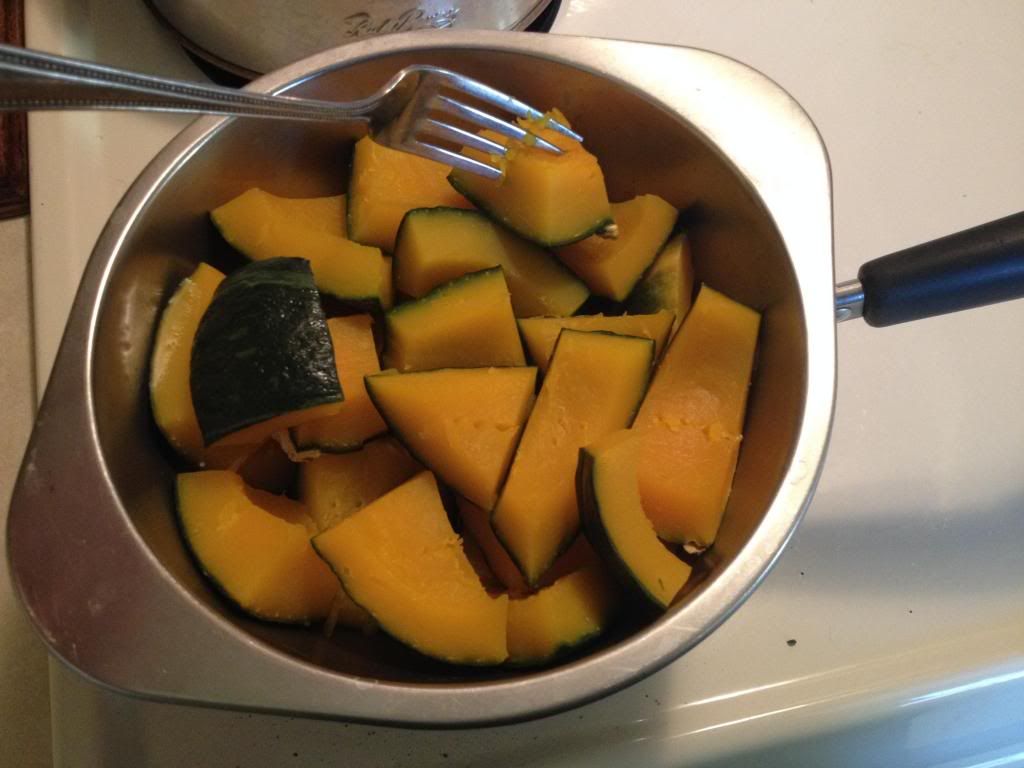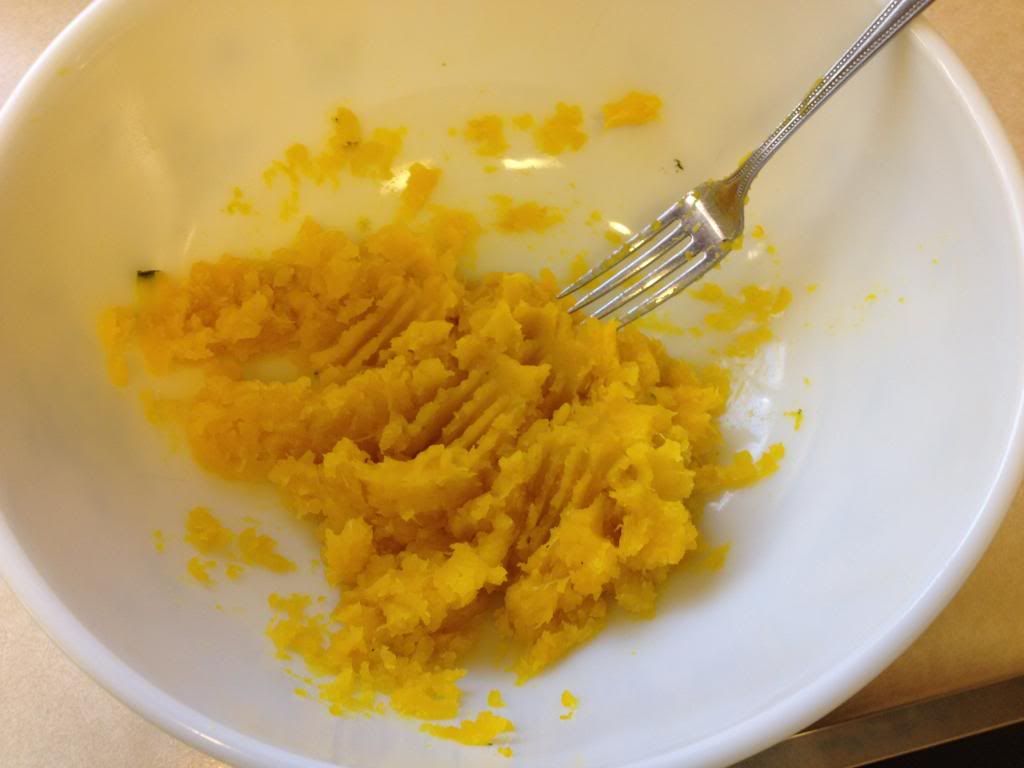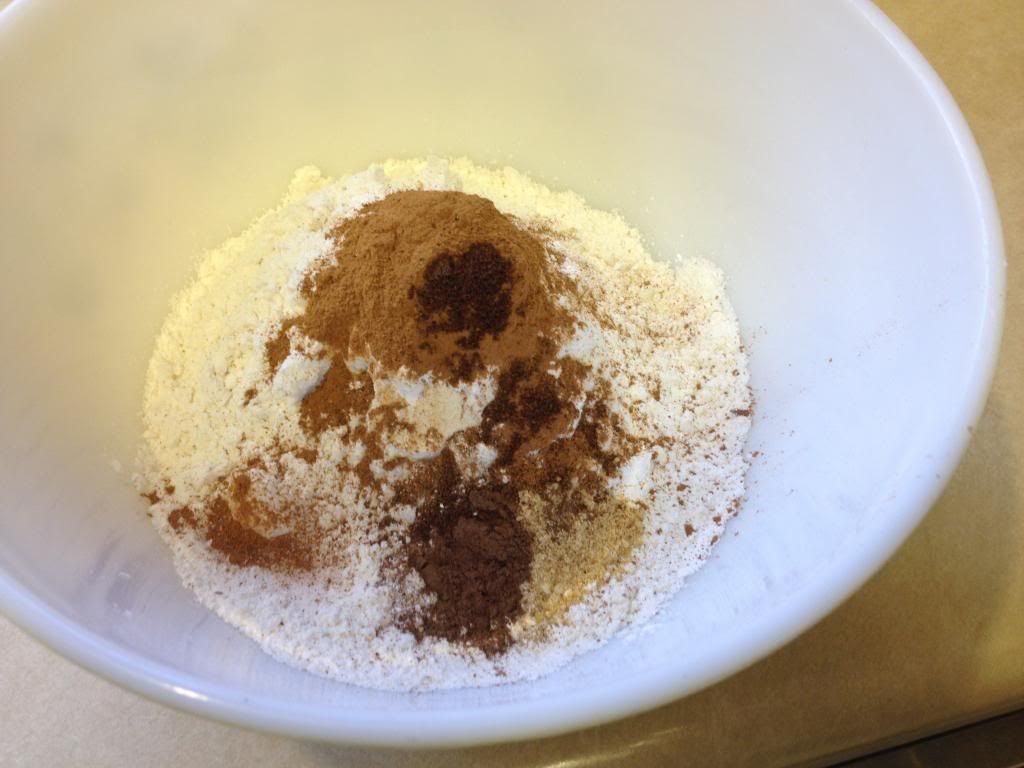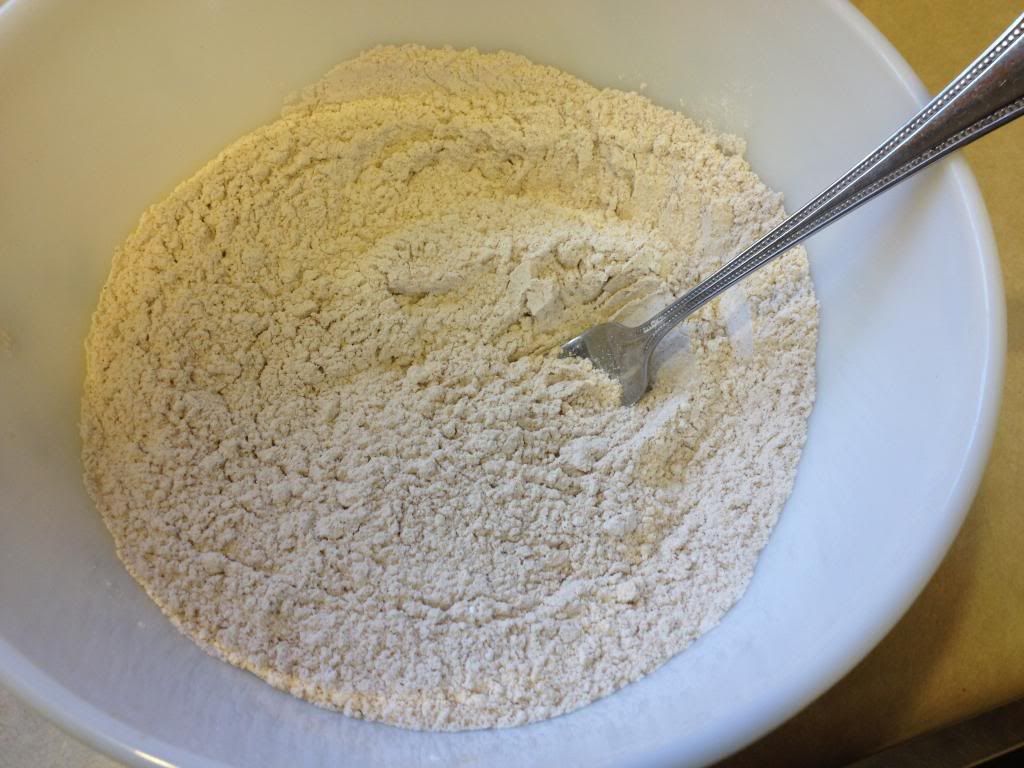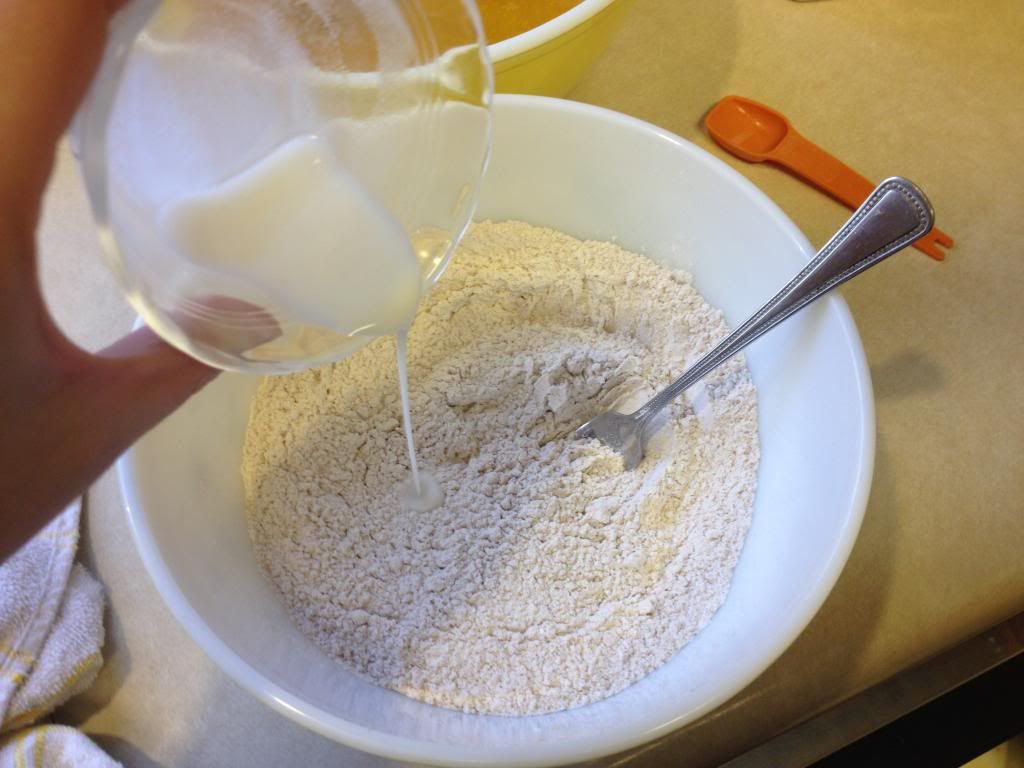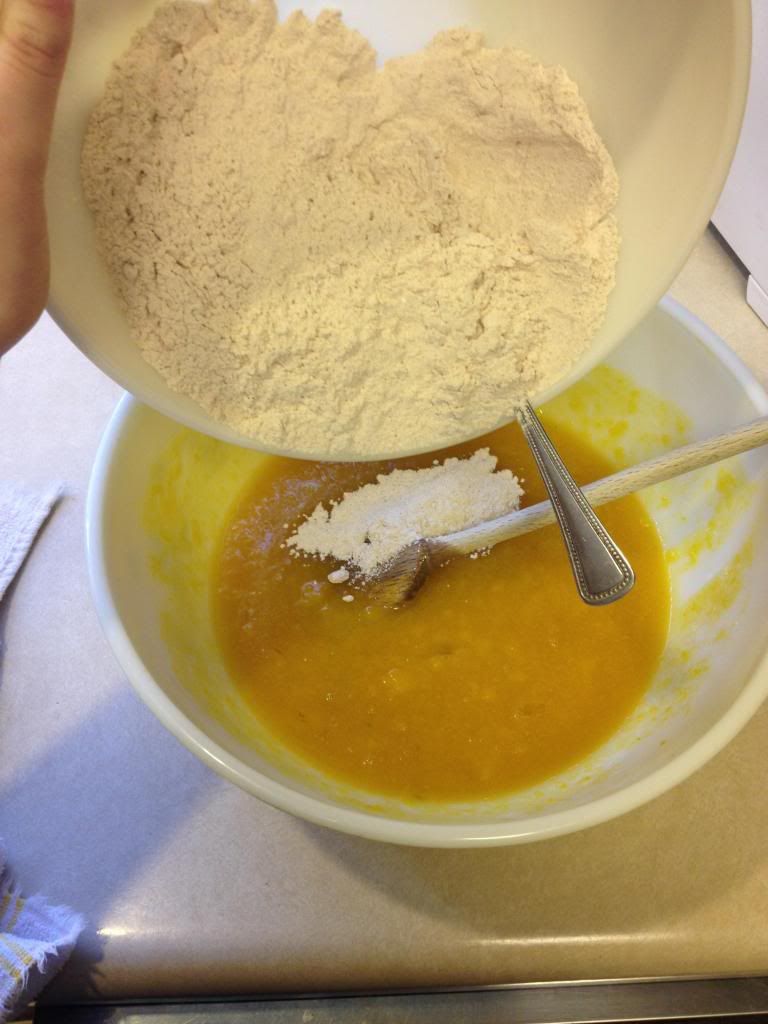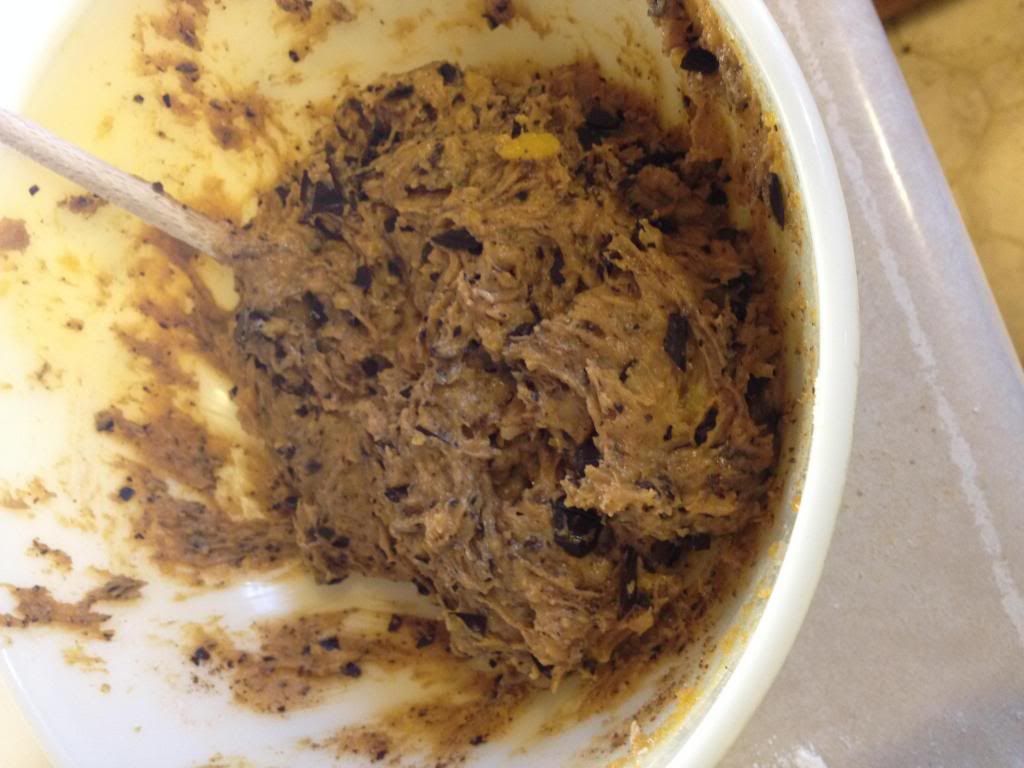 Title: Historical Heartthrobs: 50 Timeless Crushes—from
Title: Historical Heartthrobs: 50 Timeless Crushes—from
Cleopatra to Camus
Author: Kelly Murphy with Hallie Fryd
Publisher: Zest Books
Publication Date: January 7th, 2014
Read: December 2013
Where It Came From: ARC from publisher*
Genre: Light non-fiction
Rating: 3.5 Smirking Teslas
Historical Heartthrobs is an introduction to the lives of some important people from history, with the fun hook of looking at their potential date-worthiness. If you frequent the My Daguerreotype Boyfriend Tumblr (one of our favorites), this may be something for you. Additionally, if you ever daydreamed in the back of the classroom about the boyfriend or girlfriend potential of some historical figure the teacher was talking about, this may be something for you! And lastly, if you enjoy the stockings of that lady on the cover, this may be something for you.
The book covers quite a diverse sampling of men and women from history, both ethnically—and occupationally—speaking. This is particularly good for those people (cough Susan cough) who can only think of politicians from European or American history when they think of historical figures. Historical Heartthrobs spotlights politicians, authors, entertainers, artists, adventurers—if you’ve got a type, it’s probably in here. Some may be more physically attractive than others (helloooo, Tesla), and some are definitely more attractive than others on a human, intellectual level (probably no one would actually want to dream of dating a Nazi propaganda film maker), but all the people included in the book are ones who made an impact on the world in some way, for better or worse, and are remembered today.
For each of the fifty historical heartthrobs, there is a full-page photo (for assessing hotness, of course), along with their vital stats—the years they were alive, where they were from, what their area of influence was, etc. Then, since everyone knows physical beauty only goes so far, there is a summary of his or her life story to give you a glimpse into the life and personality behind the pretty face. The sex life section that follows is not quite as scandalous as such a title may lead you to believe, but covers any relationships, marriages, or love affairs the heartthrob was involved in. Other bits included for each are a section discussing why the person matters, quotes by or about them, their best feature (usually personality traits, not noses or cheekbones), and a final heat factor rating taking into account looks, personality, AND accomplishments (we ain’t shallow here, y’all!).
To be clear, if you are a hardcore historian or someone looking for some sources to beef up a dissertation, this is not the droid you are looking for. Each heartthrob averages 3 pages of text, so rather than being an exhaustive investigation into these people’s lives, it serves as a fun, compulsively readable introduction that could be a jumping-off point for further reading (indeed, to that end the authors include a “Further Reading” section at the end).
If you find your heart races at the thought of men in breeches/togas/suits of armor (or women of the same periods), this book isn't going to provide many options for you since the focus is mainly on the age of photography. But to its credit, both goodies and baddies are represented in the book, and we were happy to make the acquaintance of quite a few people that we’d never been aware of before, such as filmmaker Maya Deren and swimmer/surfer Duke Kahanamoku. The writing is wry and tongue-in-cheek, and those qualities, combined with its easy flow, can leave you wondering how you managed to read such a large chunk of book in such a short period of time. And while you could certainly sit down and read this book as you would a novel, the style and layout also make it a great candidate for leaving out on the table and paging through at your leisure. The writing style makes us think this book would be particularly appealing to teens and young adults, but we’d say anyone could enjoy it. Especially for an unusual round of Marry/Date/Dump. Overall, though we wouldn't rank it among our all-time favorite books, it was an amusing and diverting read.
*As ever, much as we are grateful for the copy, our review is uninfluenced by its source.
As an extra treat, we had the pleasure of interviewing author Kelly Murphy! She answered our pressing questions about how the book came to be, and humored some of our goofier ones as well. Thanks for joining us, Kelly!

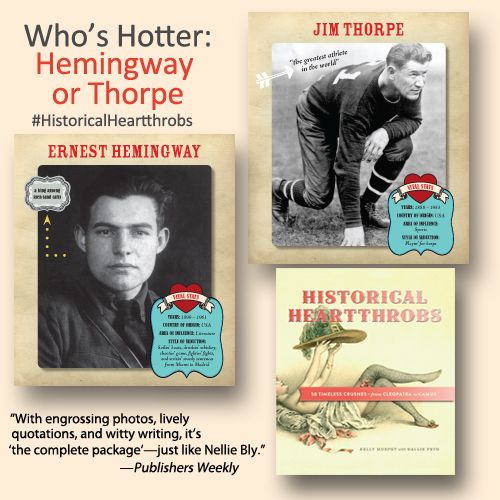
S & A: You discuss it a little in the book’s introduction, but we were hoping you could expand upon the selection process a bit more. For example, how long was your initial list of historical hotties, and how did you go about winnowing it down to the 50 that appear in the book?
Kelly Murphy: It actually sort of worked the other way - we started with a small, fundamental (or maybe just subjective) list and continued to expand throughout the writing process. Some heartthrobs inspired others. We discovered gaps in history and genre that needed to be filled in.
S & A: We’re also really curious about how the photos that made it into the book were selected. Can you elaborate a bit on that process for us? (Alyssa’s favorite was Albert Camus, while Susan was captivated by Tesla’s smirk—swoon!)
KM: Nice choices, those are both serious QTs. The images basically came down to logistics - we searched databases high and low for the most high-res pictures we could find that captured the heartthrobs in their prime, anatomically speaking.
S & A: On a related note, what strategies did you employ to look beyond the unflattering hairstyles, moustaches, and muttonchops of the day to detect the underlying hotness of these historical figures?
KM: Smarties! Do you ever find that after a couple mind-bending conversations with someone incredibly intelligent, you start to find their weird bone structure more comely? Also, anyone with serious power and/or charisma was a serious contender because there's usually something compelling behind that.
S & A: From reading your book, we met some historical figures we never heard about in school. Were there any heartthrobs you learned about only in the course of your research?
KM: So many! Bessie Coleman, I had no idea who she was and she's a total boss. I also learned a lot about some figures I thought I understood but in fact was completely in the dark about. I never knew Ben Franklin had an illegitimate child, for example, or that Tesla had that weird thing with pigeons.
S & A: In making this book, we imagine you might have talked with people who have strong opinions about who would make it onto their own personal list of hotties from history. Have you had anyone mention any particularly interesting ones that didn’t make it on your list?
KM: I wish I had thought of Lewis Carroll, he’s a serious weirdo.
S & A: You mentioned that Frida Kahlo and Josephine Baker were romantically linked. That got the gears in our brains turning…if you hijacked a TARDIS and were able to engage in a little matching-making across time and space, which of the heartthrobs would you like to set up on blind dates with each other?
KM: Oh, I’ve been thinking about this a bunch! I think Jim Thorpe would've been just Helen Gurley Brown's type. Bugsy Siegel and Dorothy Parker would've probably made a big mess together. Also Lord Byron and like everyone else in the book.
S & A: You’ve done historical hotties, so what’s the next project you’ve got on the radar? (Historical Notties, perhaps?)
KM: Ha! A lot of people have also suggested a contemporary version of Historical Heartthrobs, which I guess would just be Heartthrobs. Definitely taking suggestions, but to be honest, right now, I’m focused on learning to code so I can build pretty spaces for my words to live in.
S & A: And finally, we would like you to arbitrate a dispute for us. Inspired by your book, we made our own lists of historical crushes—Alyssa selected Alexander Hamilton as one of hers, while Susan coincidentally chose his archnemesis and MURDERER Aaron Burr. Who ranks higher for you in the realm of historical hotties? (No pressure.)
KM: Wow, I love you guys. Aaron Burr - bad boys for life!
Hurray, you made it this far through the post and now we have a surprise! Zest Books was kind enough to provide an autographed copy of Historical Heartthrobs and some sweet treats for one lucky contest winner. To enter, just submit via the form below, and we will contact the winner via email after the contest period is over. After that, he or she will need to send us a mailing address to ship the prize to--please reply to us with that within 48 hours, or we'll have to choose another winner! This is our FIRST EVER contest, so please do enter! :)
